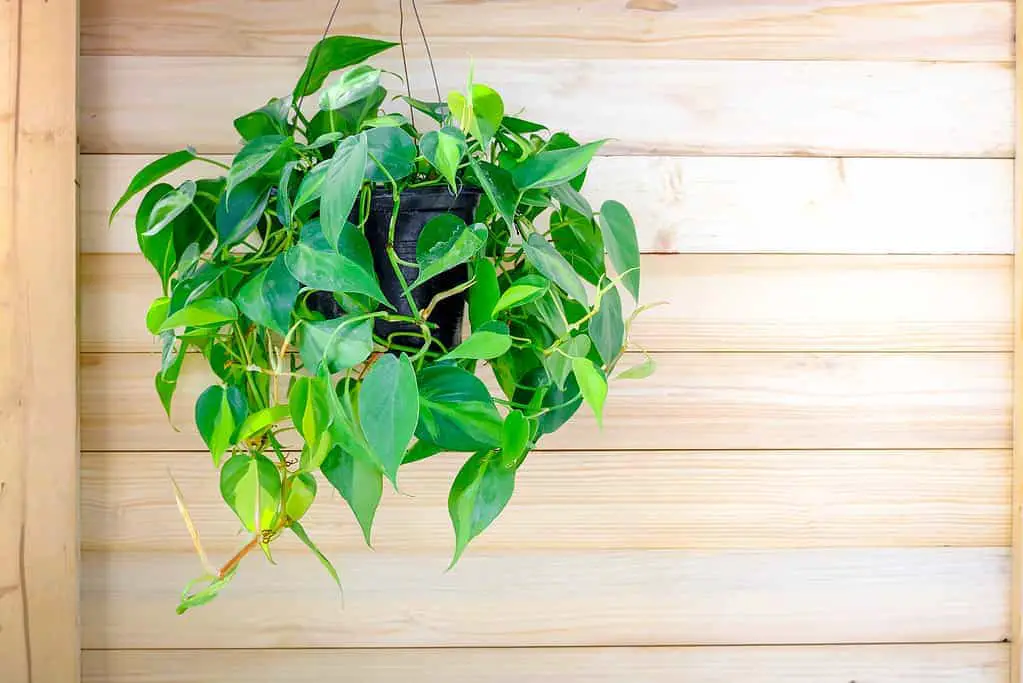Heart Leaf Philodendron, scientifically known as Philodendron hederaceum, is a popular houseplant cherished for its vibrant heart-shaped leaves and minimal care requirements. However, like any plant, it can encounter a range of issues that may hinder its growth and aesthetic appeal. This comprehensive guide aims to address the most common problems faced by Heart Leaf Philodendron owners, offering expert advice and solutions to ensure your plant thrives in its environment.
1. Yellowing Leaves: Diagnosing Nutrient Deficiency and Overwatering
Yellowing leaves are often the first sign of distress in a Heart Leaf Philodendron. This issue can stem from various factors, such as overwatering, poor soil drainage, and nutrient deficiency. To pinpoint the cause, examine the watering habits and check the soil’s moisture level. If the soil is soggy, reduce your watering frequency. For nutrient deficiencies, especially a lack of nitrogen, applying a balanced liquid fertilizer monthly during the growing season can restore the vibrant green color of the leaves.
2. Brown Leaf Tips: The Humidity Challenge
Brown tips on the leaves of your Philodendron may indicate low humidity levels, a common challenge in indoor environments. These tropical plants thrive in higher humidity. To increase the humidity around your plant, consider using a humidifier or placing a water-filled pebble tray beneath the plant’s container. Misting the leaves regularly can also help, but be cautious as excessive moisture on the leaves can lead to fungal infections.
3. Pests: Preventing Infestations of Common Houseplant Enemies
Pests such as spider mites, aphids, and mealybugs can significantly damage Heart Leaf Philodendrons. These small invaders suck sap from the leaves, causing them to turn yellow and drop prematurely. Regular inspections of the underside of leaves and along the stems can help catch these pests early. If infestation occurs, treat the plant with a neem oil solution or insecticidal soap, applying it every few days until the pests are eradicated.
4. Root Rot: The Silent Killer
Root rot is a potentially fatal condition caused by overwatering and poor drainage. It is crucial to ensure that your Heart Leaf Philodendron’s pot has adequate drainage holes and that the soil does not retain excess water. If you suspect root rot, remove the plant from its pot and inspect the roots. Healthy roots should be firm and white. Trim any black or mushy roots, and repot the plant in fresh, well-draining soil.
5. Leggy Growth: Encouraging Lush, Compact Foliage
Leggy growth in Philodendrons often results from inadequate light. Although Heart Leaf Philodendrons can tolerate low light conditions, they thrive best in bright, indirect sunlight. If your plant is stretching toward the light source, consider relocating it to a brighter spot. Additionally, regular pruning can encourage bushier growth. Snip off the longest stems just above a leaf node to promote more compact, denser foliage.
6. Stagnant Growth: Boosting Your Philodendron’s Vitality
If your Heart Leaf Philodendron has stopped growing, it might need more nutrients or a larger pot. During the growing season, feeding the plant with a phosphorus-rich fertilizer can encourage blooming and growth. Additionally, ensure the plant is not root-bound by checking if roots are circling the bottom of the pot. Repotting into a slightly larger container with fresh soil can rejuvenate your Philodendron and stimulate new growth.
Conclusion
Caring for a Heart Leaf Philodendron involves recognizing and addressing common issues promptly. By ensuring appropriate watering, humidity, and lighting conditions, along with regular pest control and fertilization, your Philodendron can remain a lush and healthy addition to your indoor garden. Remember, the key to successful plant care is understanding the unique needs of your plant and adjusting your care routine accordingly.


